Home>diy>Architecture & Design>How To Design Windows For A House
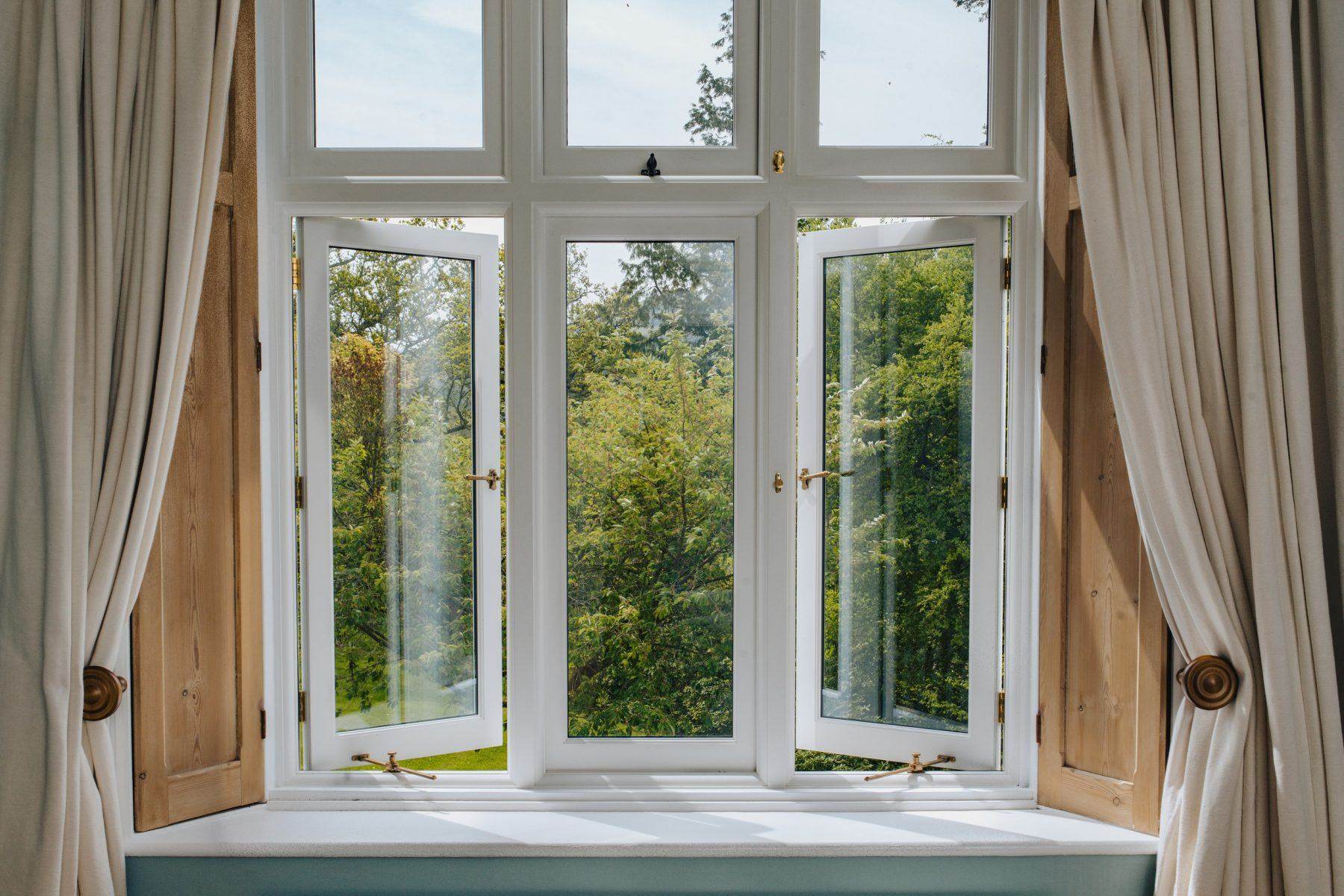

Architecture & Design
How To Design Windows For A House
Modified: February 5, 2024
Learn the key tips for designing windows that perfectly complement the aesthetic and architecture of your house. Enhance the overall design of your home with expert architecture design techniques.
(Many of the links in this article redirect to a specific reviewed product. Your purchase of these products through affiliate links helps to generate commission for Storables.com, at no extra cost. Learn more)
Introduction
Windows are not just functional components of a house; they play a crucial role in the overall design and architecture of a home. The design and placement of windows can greatly impact the aesthetics, natural light, ventilation, and energy efficiency of a house. Whether you are building a new house or renovating an existing one, paying attention to window design is essential to create a comfortable and visually appealing living space.
Windows have the power to transform a space, adding character, beauty, and functionality to any room. From traditional to modern, the design possibilities are limitless. However, designing windows for a house is not just about choosing the style and size. It requires careful consideration of various factors such as the architectural style, climate, location, and personal preferences. By understanding these factors and making informed decisions, you can create a window design that harmonizes with the overall design scheme and enhances the livability of your home.
This article will guide you through the process of designing windows for your house. From understanding the importance of window design to selecting the right window frame materials, we will explore various aspects that contribute to the perfect window design. Whether you are a homeowner, architect, or interior designer, this comprehensive guide will provide you with the knowledge and inspiration to make informed decisions when it comes to window design.
So, if you are ready to dive into the world of window design and create a space that is both functional and visually stunning, let’s get started.
Key Takeaways:
- Designing windows involves careful consideration of aesthetics, functionality, energy efficiency, and security to create a visually appealing, comfortable, and sustainable living space that aligns with the architectural style and personal preferences.
- Incorporating energy-efficient features, security measures, and regular maintenance ensures that windows not only enhance the overall design but also provide natural light, ventilation, and safety for a harmonious and functional home.
Read more: How To Install Windows On A Brick House
Importance of Window Design
Window design is more than just choosing the style and size of windows for your house. It is a crucial aspect of architectural and interior design that can greatly impact the overall aesthetics, comfort, and functionality of your home. Here are some reasons why window design is important:
- Natural Light: One of the key benefits of windows is that they allow natural light to enter your home, creating a bright and inviting space. Well-designed windows can maximize the amount of natural light, reducing the need for artificial lighting during the day and creating a pleasant ambiance.
- Views and Connectivity: Windows offer a connection to the outside world, allowing you to enjoy beautiful views of your surroundings. Whether it’s a scenic landscape or a well-manicured garden, windows can frame these views and bring them into your living spaces.
- Ventilation and Airflow: Properly designed windows can facilitate airflow and ventilation, helping to circulate fresh air throughout your home. This not only improves indoor air quality but also creates a more comfortable living environment.
- Energy Efficiency: Windows play a significant role in the energy efficiency of a house. Well-insulated windows can prevent heat loss during winters and reduce heat gain during summers, which can lead to lower energy consumption and utility bills.
- Architectural Style: Windows are an integral part of the architectural character of a house. They can enhance the overall design aesthetic and complement the style of your home, whether it’s traditional, modern, or a fusion of different architectural elements.
- Privacy and Security: Windows provide a balance between privacy and openness. Strategic window placement and the use of appropriate window treatments can ensure privacy while still allowing natural light to enter your home. Additionally, windows with secure locks and durable materials enhance the security of your home.
Considering these factors, it becomes clear that window design is not merely a functional aspect but an integral part of creating a comfortable, visually pleasing, and energy-efficient home. By carefully planning and selecting the right window design elements, you can enhance the overall appeal and livability of your house.
Factors to Consider Before Designing Windows
Designing windows for your house involves more than just choosing the aesthetic style that matches your taste. It requires careful consideration of various factors to ensure that the windows meet your functional needs, complement the architectural style of your house, and provide a comfortable living environment. Here are some key factors to consider before designing windows:
- Architectural Style: The architectural style of your house should serve as a starting point for window design. Whether you have a Victorian, Craftsman, Modern, or Mediterranean-style house, the windows should align with the architectural character to maintain visual cohesion.
- Orientation and Views: Take into account the orientation of your house and the views you’d like to maximize. North-facing windows allow for more consistent light, while south-facing windows bring in more sunlight. Consider the surrounding environment and what you want to see from each room.
- Climate and Energy Efficiency: Different climates require different approaches to window design. Consider the insulation properties, solar heat gain coefficient, and U-factor of the windows to ensure energy efficiency and minimize heating or cooling costs.
- Functionality: Determine the function of each window and the level of privacy you require. Consider the need for ventilation, natural light, views, and access to outdoor living spaces when designing each window.
- Window Placement: Carefully plan the location of windows to optimize natural light, views, and privacy. Take into account factors like the position of the sun at different times of the day and the surrounding buildings or landscape that may affect the amount of available light.
- Window Size and Proportions: The size and proportions of windows should be in harmony with the overall scale and design of the house. Avoid undersized windows that can make rooms feel cramped and oversized windows that may compromise privacy or aesthetic balance.
- Interior Design: Consider the interior design scheme and placement of furniture when designing windows. Make sure they don’t obstruct furniture or interfere with the functionality of the space.
- Building Codes and Regulations: Familiarize yourself with local building codes and regulations regarding window design. Ensure compliance with safety regulations, egress requirements, and any specific restrictions imposed by local authorities.
By taking these factors into account during the window design process, you can create a harmonious balance between aesthetics, functionality, and energy efficiency. Remember to consult with an architect, a builder, or an experienced window professional who can guide you through the design process and help you make informed decisions that align with your needs and the requirements of your house.
Types of Windows for House Design
Windows come in various styles and designs, each offering a unique combination of aesthetics, functionality, and architectural appeal. Choosing the right type of windows can greatly enhance the overall design and character of your house. Here are some common types of windows for house design:
- Single-Hung and Double-Hung Windows: These are classic and versatile windows with vertically sliding sashes. In single-hung windows, only the bottom sash is movable, while in double-hung windows, both the top and bottom sashes can be opened for ventilation. They are popular for their traditional look and ease of operation.
- Casement Windows: Casement windows are hinged at the side and swing outward to open. They provide excellent ventilation and unobstructed views. They are suitable for modern and contemporary house designs and offer a sleek and elegant appearance.
- Awning Windows: Awning windows are hinged at the top and open outward from the bottom. They are often used in combination with other windows and are ideal for providing ventilation while maintaining privacy.
- Sliding Windows: Sliding windows have horizontal sashes that slide on a track to open and close. They are popular for their ease of use, space-saving design, and contemporary aesthetic. They are great for wide, panoramic views and large openings.
- Picture Windows: Picture windows are large fixed windows that do not open. They are designed to frame a scenic view and allow maximum natural light into a room. They are a popular choice for living rooms, dining areas, and spaces where ventilation is not a priority.
- Bay and Bow Windows: Bay and bow windows extend outward from the house, creating additional space and enhancing the architectural appeal. Bay windows typically consist of three sections, while bow windows have a curved design with four or more sections. They provide panoramic views and make for an elegant focal point in a room.
- Transom Windows: Transom windows are installed above doors or other windows to allow extra light into a space. They come in various shapes and add a decorative touch to the overall window design.
- Skylights: Skylights are windows installed in the roof to bring in natural light from above. They are a great option for rooms where wall space is limited or for bringing natural light into areas like staircases and hallways.
These are just a few examples of the many types of windows available for house design. Consider the architectural style, functionality requirements, and your personal preferences when choosing the right window type for each room. Keep in mind that windows not only serve a functional purpose but also contribute to the overall aesthetic appeal of your house.
Choosing the Right Window Size and Placement
When designing windows for your house, it is important to consider both the size and placement to ensure optimal functionality, aesthetics, and natural light. Here are some factors to consider when choosing the right window size and placement:
- Functionality: Determine the function of each room and the purpose of the window. For example, larger windows may be desirable in living rooms and dining areas to maximize natural light and scenic views, while smaller windows may be suitable for bathrooms and utility areas where privacy is important.
- Natural Light: Consider the orientation of your house and the position of the sun at different times of the day. Larger windows and strategically placed windows can maximize natural light and reduce the need for artificial lighting during the day.
- Views: If you have scenic views or a well-manicured garden, consider placing windows strategically to frame these views and bring them into your living spaces. Picture windows and bay windows are great options for capturing panoramic views.
- Privacy: While natural light and views are important, so is privacy. Take into account the proximity of your house to neighbors and consider window treatments or the use of frosted or textured glass for windows that require privacy.
- Proportions and Scale: The size of windows should be proportionate to the overall scale and design of your house. Large windows may overpower a small house, while small windows may make a large house feel out of balance. Consider the architectural style and the size of the room when determining window size.
- Interior Design: Consider the placement of furniture and other elements in the room when deciding where to place windows. Make sure that windows do not obstruct furniture or interfere with the functionality of the space.
- Building Codes and Regulations: Familiarize yourself with local building codes and regulations regarding minimum window sizes and locations, especially for bedrooms, living areas, and emergency egress windows.
It is important to find a balance between functionality, aesthetics, and practicality when choosing window size and placement. By taking these factors into consideration, you can create a well-designed space that optimizes natural light, views, privacy, and the overall look and feel of your home.
Read more: How To Replace Windows On A Brick House
Window Frame Materials and Finishes
The choice of window frame materials and finishes is an important consideration when designing windows for your house. Different materials offer varying levels of performance, aesthetics, and maintenance requirements. Here are some commonly used window frame materials and finishes:
- Wood: Wood frames are known for their traditional, warm, and classic appeal. They offer excellent insulation properties and can be stained or painted to match the interior and exterior décor. However, wood frames require regular maintenance, such as sealing, painting, and protecting against moisture and pests.
- Aluminum: Aluminum frames are lightweight, durable, and low-maintenance. They are resistant to corrosion and provide good structural integrity. Aluminum frames can be powder-coated in various colors to match the design scheme. However, they conduct heat and cold more easily than other materials, which can affect energy efficiency.
- Vinyl: Vinyl frames are popular for their affordability, low-maintenance, and energy-efficient properties. They are moisture-resistant, durable, and require minimal upkeep. Vinyl frames come in various colors and finishes and can mimic the look of wood. However, they may not be ideal for extreme temperature fluctuations or for those seeking a more traditional or high-end aesthetic.
- Fiberglass: Fiberglass frames are highly durable, weather-resistant, and energy-efficient. They offer excellent thermal performance and require minimal maintenance. Fiberglass frames can be painted and are available in different colors and finishes. They are a great choice for homeowners seeking a balance between durability, energy efficiency, and aesthetic appeal.
- Composite: Composite frames are made from a mix of materials, such as wood fibers and PVC or fiberglass. They combine the advantages of different materials, offering strength, durability, and low-maintenance characteristics. Composite frames are available in various colors and finishes and can be customized to match different architectural styles.
When selecting a window frame material, consider factors such as durability, maintenance requirements, energy efficiency, cost, and the overall design aesthetic. It is also important to ensure that the frame material selected aligns with the window type you have chosen and meets your functional and performance needs.
In addition to the frame material, consider the finishes and coatings applied to the windows. These can enhance the appearance, protect against UV rays, improve energy efficiency, and provide additional durability. Options include:
- Powder Coating: This electrostatically applied paint finish provides a durable and attractive coating to the window frames. It is available in a wide range of colors.
- Anodizing: Anodizing is an electrochemical process that creates a protective and corrosion-resistant layer on aluminum frames. It can offer a sleek metallic finish and is available in various shades.
- Cladding: Some window frames can be clad with materials such as aluminum or vinyl for added protection, durability, and ease of maintenance. Cladding can also provide a different aesthetic appearance.
- Low-E Coatings: Low-E (low emissivity) coatings are thin layers applied to the glass that reduce heat transfer and block UV rays. They can improve energy efficiency, reduce glare, and protect furnishings from fading.
By considering the window frame materials and finishes, you can select the right combination that meets your design vision, performance requirements, and maintenance preferences for your windows. Consult with window professionals or architects to make an informed decision based on your specific needs and budget.
Consider the orientation of your windows to maximize natural light and ventilation. Use energy-efficient glass and frames to reduce heat loss and gain.
Window Styles and Architectural Considerations
Window styles play a significant role in the overall architectural design of a house. They can enhance the character, aesthetics, and even the functionality of a building. Here are some popular window styles and architectural considerations to keep in mind:
- Traditional Styles: Traditional window styles, such as double-hung, single-hung, and casement windows, are common in many architectural designs. They add a classic, timeless appeal and work well with various architectural styles, including Colonial, Victorian, and Craftsman.
- Modern and Contemporary Styles: Modern and contemporary architecture often features large, expansive windows that maximize natural light and provide unobstructed views. Sliding windows, fixed picture windows, and floor-to-ceiling windows are popular choices in these styles.
- Architectural Features: Consider how windows can enhance the architectural features of your house. Arched windows, for example, can add a sense of elegance and grandeur to a building. Custom-shaped windows can be used to highlight unique architectural elements.
- Proportions and Symmetry: Maintain a sense of balance and proportion in window design to ensure the overall aesthetic harmony of your house. Symmetrical window placement is often favored in traditional and formal architectural styles.
- Specialty Windows: Specialty windows, such as stained glass windows, circular windows, or geometric-shaped windows, can add visual interest and a touch of uniqueness to your home. These windows can be used as focal points and to highlight specific architectural details.
- Integration with Exterior Materials: Consider how your windows will interact with the exterior materials of your house. The color, texture, and style of the window frames should complement the overall design scheme, whether it’s brick, stone, stucco, or siding.
- Regional and Cultural Influences: Explore window styles that are popular in your region or are influenced by local culture. For example, in coastal areas, windows may be designed to withstand strong winds and hurricanes, while in Mediterranean-inspired designs, arched windows and wrought iron accents could be prominent.
When choosing window styles and considering architectural considerations, it is important to strike a balance between your personal preferences, the architectural style of your house, and the functionality and performance requirements of the windows. Consulting with an architect or a window professional can help you navigate through the various options and make informed decisions that align with your vision and the overall design of your home.
Energy Efficiency and Insulation
When designing windows for your house, energy efficiency and insulation should be key considerations. Energy-efficient windows not only reduce heating and cooling costs but also contribute to a more comfortable and sustainable living environment. Here are some factors to consider for energy-efficient windows:
- Window Glazing: The type of glazing, or glass, used in windows plays a significant role in energy efficiency. Double or triple-glazed windows have multiple layers of glass with insulating gas in between, which helps to reduce heat transfer and improve insulation.
- Low-E Coatings: Low-emissivity (Low-E) coatings are thin, transparent layers applied to the glass. They help to reflect heat back into the room during winter while allowing natural light to enter. In summer, they reflect the sun’s heat away, reducing cooling needs.
- Insulated Frames: Look for window frames that offer good insulation. Materials like vinyl, fiberglass, and wood with thermal breaks can help reduce heat transfer and improve energy efficiency.
- Air Leakage: Proper sealing and weatherstripping around the windows are essential to prevent air leakage. Look for windows with tight seals and high-quality weatherstripping to minimize air infiltration and improve insulation.
- Solar Heat Gain: Consider the solar heat gain coefficient (SHGC) of the windows. Higher SHGC values allow more solar heat into the house, which can be beneficial in colder climates. In warmer climates, lower SHGC values are preferable to reduce cooling loads.
- Window Orientation: The orientation of windows in relation to the sun’s path can impact energy efficiency. South-facing windows provide solar heat gain in winter but may need shading in summer. North-facing windows provide more consistent light without excessive heat gain.
- Window Overhangs: Installing properly sized overhangs or shading devices can help block direct sunlight and reduce heat gain in summer while allowing sunlight to enter during winter months.
- Energy Star Rating: Look for windows that are Energy Star certified, as they meet stringent energy efficiency standards set by the Environmental Protection Agency (EPA). Energy Star windows are independently tested and verified for optimal energy performance.
By selecting energy-efficient windows and considering insulation features, you can significantly reduce energy consumption, lower utility bills, and create a more sustainable and comfortable living space. It is important to consult with window professionals or energy experts to evaluate the energy performance of different window options and select the best solution for your specific climate and needs.
Window Treatments and Coverings
Window treatments and coverings not only add style and privacy to your windows but also serve practical purposes such as light control, insulation, and UV protection. When designing windows for your house, consider the following window treatments and coverings:
- Curtains and Drapes: Curtains and drapes offer versatility and a wide range of style options. They come in various fabrics, colors, and patterns, allowing you to customize the look and feel of your windows. They can block out light, provide privacy, and enhance insulation.
- Blinds: Blinds are popular for their ability to control light and privacy. They come in different materials like wood, faux wood, metal, or plastic, offering different levels of light filtering. Blinds can be adjusted to allow varying degrees of sunlight into the room.
- Shades: Shades offer a streamlined and contemporary window treatment option. They come in various styles, including roller shades, Roman shades, and cellular shades. Shades can provide light control, privacy, and insulation benefits.
- Shutters: Shutters offer a timeless and classic look to windows. They come in different styles like plantation shutters, café-style shutters, and solid shutters. Shutters can provide adjustable light control, privacy, and ventilation options.
- Window Films: Window films are a contemporary option that can enhance privacy and UV protection while still allowing light to enter. They come in different patterns and designs, including frosted, stained glass, and decorative motifs.
- Sheer Curtains: Sheer curtains are lightweight and translucent, allowing diffused light to enter the room while offering a sense of privacy. They can add an airy and elegant touch to the windows.
- Valances and Cornices: Valances and cornices are decorative top treatments that can be added to complement curtains, blinds, or shades. They can add a finishing touch to the window design and coordinate with the overall interior decor.
When selecting window treatments and coverings, consider factors such as your desired level of privacy, the amount of natural light you want to allow in, the overall style and design of the space, and any specific functional needs. It is also important to consider how different treatments may impact the operation and functionality of your windows, especially if you have casement or sliding windows.
Experiment with different combinations, patterns, and fabrics to find the perfect balance that suits your aesthetic preferences and contributes to the overall design scheme of your house. Consult with window treatment professionals who can provide guidance and help you select the best options based on your needs and style preferences.
Read more: How To Board Up Windows On A Brick House
Security and Safety Features for Windows
When designing windows for your house, it is important to prioritize security and safety. Windows are potential entry points for intruders, and ensuring their strength and protection is crucial. Additionally, windows should also incorporate safety features to prevent accidents and provide an emergency exit. Here are some essential security and safety features to consider:
- Secure Locking Mechanisms: Invest in high-quality locking mechanisms for your windows. Choose locks that are sturdy, difficult to tamper with, and meet industry standards for security. Depending on the window type, you may opt for window locks, sash locks, or multi-point locking systems.
- Impact-Resistant Glass: Consider using impact-resistant glass for windows, especially in regions prone to severe weather conditions or in areas where security is a concern. These special glass panels are designed to withstand impact from flying debris or attempted break-ins.
- Laminated Glass: Laminated glass consists of multiple layers of glass with a clear interlayer, offering enhanced strength and security. Even if the glass is shattered, the interlayer holds the fragments together, making it difficult for intruders to gain access.
- Window Sensors and Alarms: Install window sensors and alarms as part of your home security system. These devices detect unauthorized entry attempts and trigger an alarm, alerting you and potentially deterring potential intruders.
- Window Reinforcement: Consider reinforcing windows with additional measures such as window security film, security screens, or window bars. These physical barriers provide an added layer of protection against break-ins.
- Child Safety Measures: If there are children in the house, consider window safety features to prevent accidents. Install window guards or restrictors to limit the opening size and prevent falls. Choose windows with built-in safety mechanisms like childproof locks or window opening restrictors.
- Fire Escape Features: Ensure that windows in bedrooms and other designated areas serve as emergency exits in case of a fire. Windows should be large enough for occupants to escape through, easily operable from the inside, and not obstructed by furniture or window coverings.
- Tempered or Safety Glass: Use tempered or safety glass in areas where there is a higher risk of breakage, such as near doors or in bathrooms. Tempered glass is designed to break into small, relatively harmless pieces, reducing the risk of injury.
Consult with a trusted security professional or window supplier to evaluate the security and safety features suitable for your specific needs. Balancing security with functionality and aesthetics is important to ensure that your windows not only protect your home and loved ones but also contribute to the overall design and comfort of your house.
Maintenance and Cleaning Tips for Windows
Maintaining clean and well-maintained windows not only enhances the overall appearance of your house but also helps to prolong their lifespan and functionality. Here are some maintenance and cleaning tips to keep your windows in excellent condition:
- Regular Cleaning: Clean windows on a regular basis to remove dirt, dust, and grime. Use a mild, non-abrasive cleaner and a soft cloth or sponge. Avoid using harsh chemicals or abrasive materials that can damage the glass or frames.
- Window Frame Care: Check the condition of the window frames regularly. Depending on the material, clean them with a gentle cleaner and a soft brush. Wooden frames may require periodic sealing or painting to protect against moisture and pests.
- Track and Hardware Maintenance: Clean the window tracks and hardware to ensure smooth operation. Use a vacuum or a brush to remove debris from the tracks, and wipe down any exposed hardware with a cloth dampened in a mild cleaner. Lubricate moving parts with a silicone-based lubricant if necessary.
- Condensation Prevention: To prevent condensation buildup on windows, ensure proper ventilation in your house by using exhaust fans in high-humidity areas like bathrooms and kitchens. Use dehumidifiers if needed and open windows to allow for proper air circulation.
- Inspect and Repair Seals: Check the sealant and weatherstripping around your windows. Replace any worn-out or damaged seals to prevent drafts and energy loss. Regularly inspect for leaks and seal them promptly to maintain the energy efficiency of your windows.
- Clean Window Treatments: Remove and clean window treatments like curtains, blinds, or shades according to their specific cleaning instructions. Dust or vacuum them regularly to prevent buildup and maintain their functionality.
- Trim Overhanging Branches: If there are trees or shrubs near your windows, trim them regularly to prevent branches or leaves from scratching or damaging the glass. Overhanging branches can also block sunlight and prevent proper airflow.
- Professional Inspections: Consider scheduling professional inspections and maintenance for your windows, especially for complex window systems or if you notice any signs of damage or deterioration that you cannot address on your own.
- Follow Manufacturer’s Guidelines: Always follow the manufacturer’s guidelines and recommendations for cleaning and maintenance specific to your windows. Different window types and materials may have specific care instructions to ensure their longevity.
Regular cleaning and maintenance not only keep your windows looking their best but also help to identify any potential issues early on, allowing for timely repairs and avoiding costly replacements. By incorporating these tips into your routine, you can enjoy sparkling clean and well-functioning windows for years to come.
Conclusion
Designing windows for your house is a multi-faceted process that goes beyond selecting styles and sizes. It involves careful consideration of various factors such as aesthetics, functionality, energy efficiency, security, and maintenance. By focusing on these aspects, you can create windows that enhance the overall design, provide natural light, offer ventilation, and contribute to a comfortable and visually appealing living space.
Window design is not a one-size-fits-all approach. It is important to take into account the architectural style of your house, your personal preferences, the climate, and regional considerations specific to your area. By blending these elements together, you can create a window design that is unique, functional, and harmonious with the overall design scheme of your home. Whether you prefer traditional, modern, or eclectic styles, there are window options available to suit your taste and needs.
Additionally, incorporating energy-efficient features, such as insulated glass, low-E coatings, and properly sealed frames, can have a significant impact on your energy costs and the sustainability of your home. Taking steps to ensure security and safety, such as high-quality locks, impact-resistant glass, and child safety features, will give you peace of mind and protect your loved ones and belongings.
Regular maintenance and cleaning are essential to keep your windows in optimal condition. By maintaining proper care, you can enjoy sparkling clean windows and identify any issues early on, avoiding potential damage and prolonging the lifespan of your windows.
In conclusion, designing windows for your house is an opportunity to enhance the aesthetics, functionality, and energy efficiency of your home. Consider all the factors discussed in this article, and consult with professionals if needed, to make informed decisions that align with your vision, provide comfort, and create a space you can truly call home.
Frequently Asked Questions about How To Design Windows For A House
Was this page helpful?
At Storables.com, we guarantee accurate and reliable information. Our content, validated by Expert Board Contributors, is crafted following stringent Editorial Policies. We're committed to providing you with well-researched, expert-backed insights for all your informational needs.




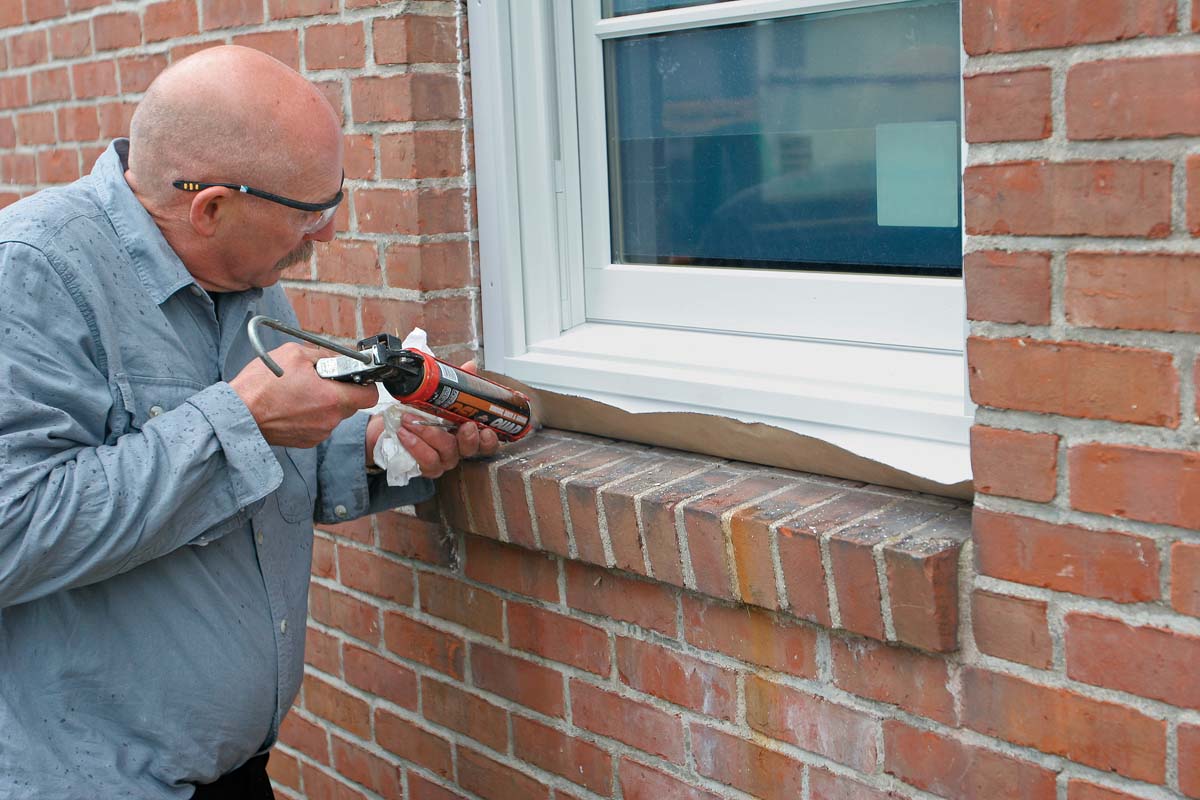
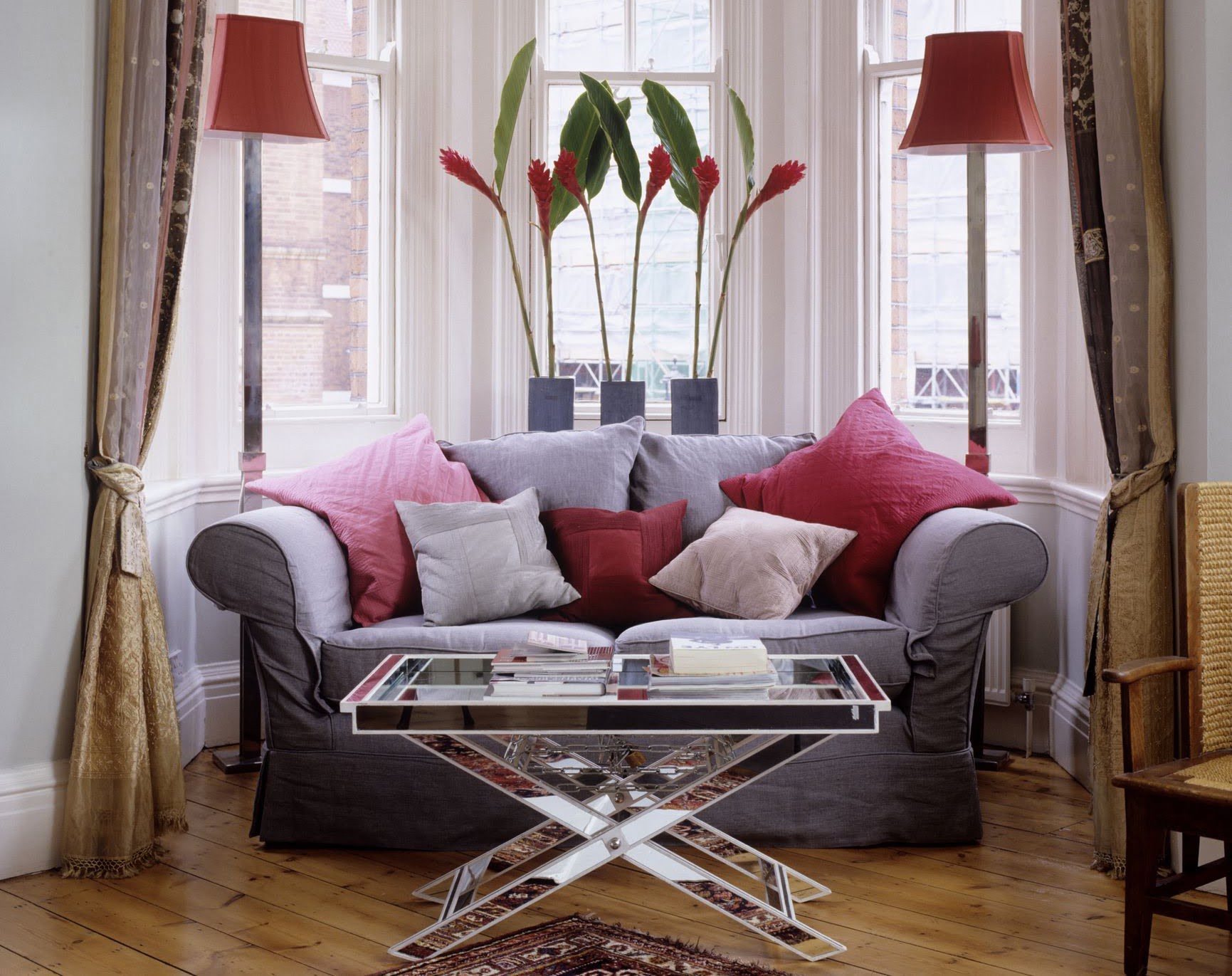
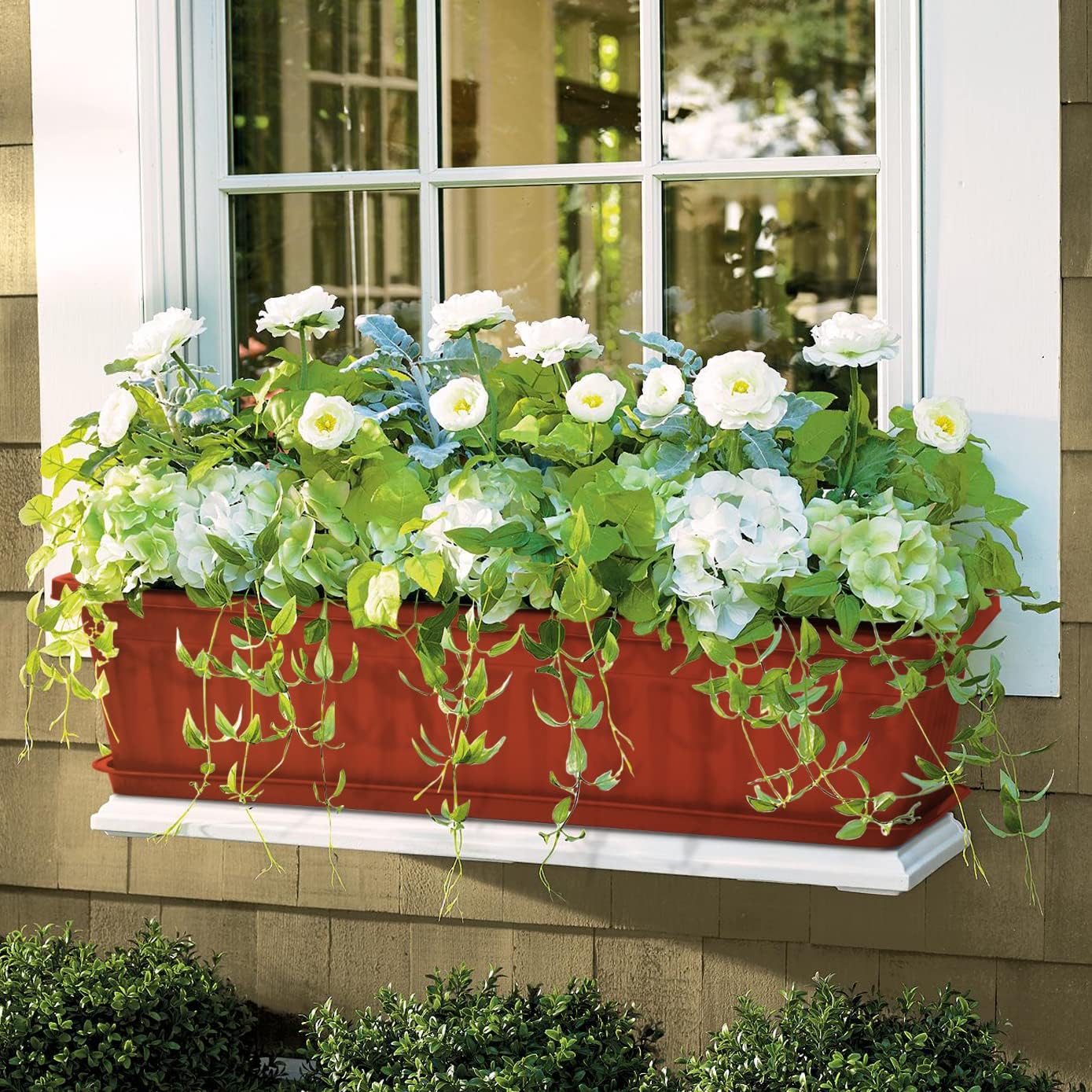


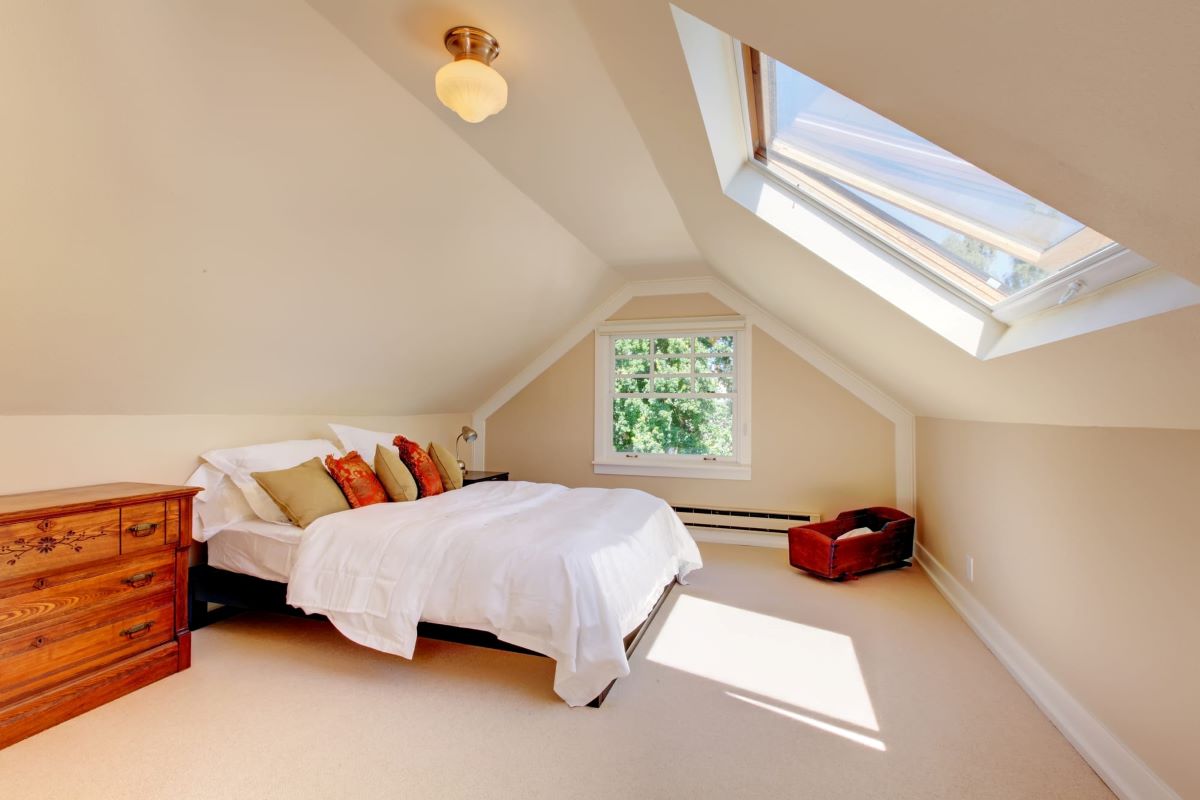


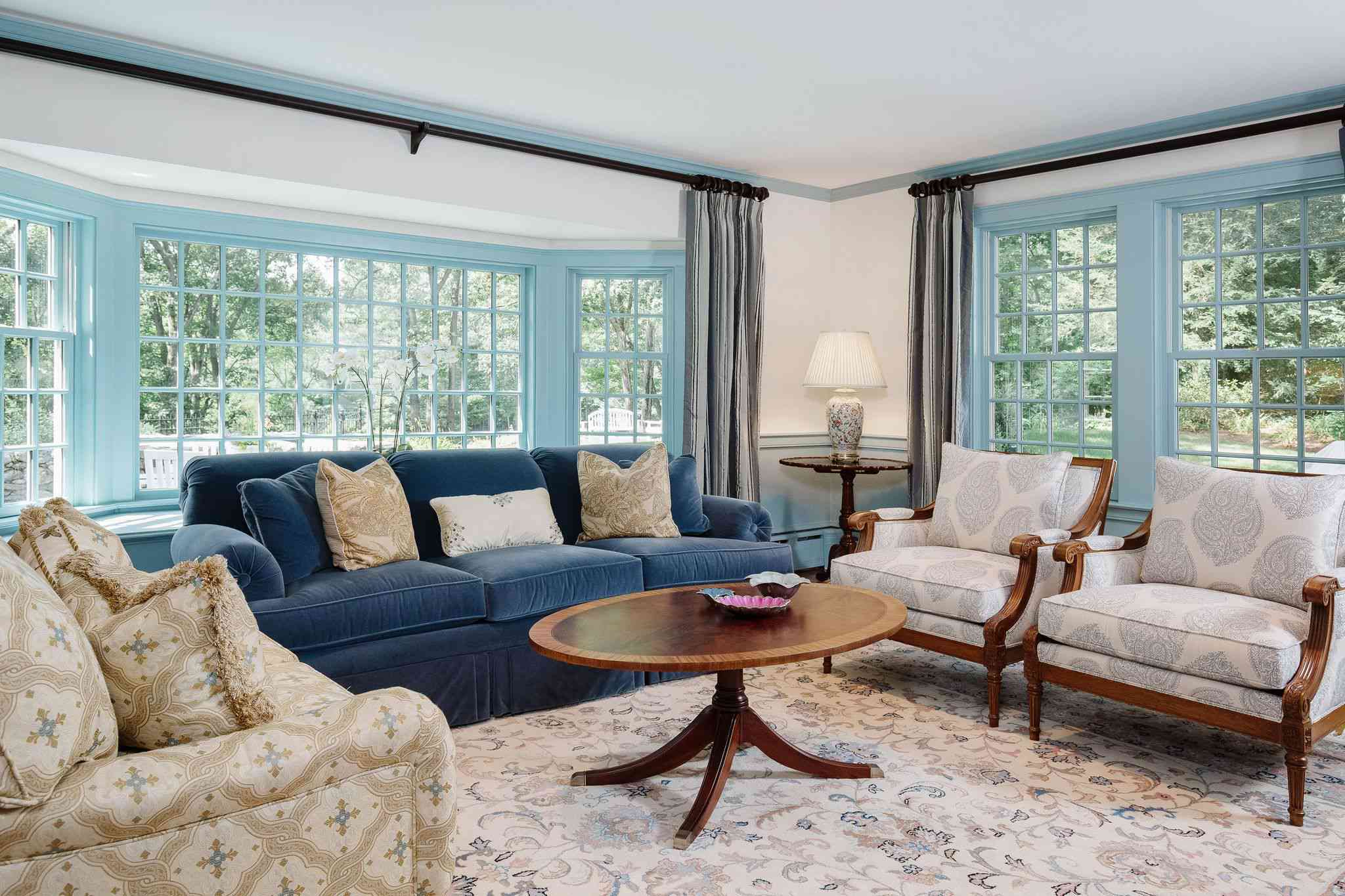

0 thoughts on “How To Design Windows For A House”